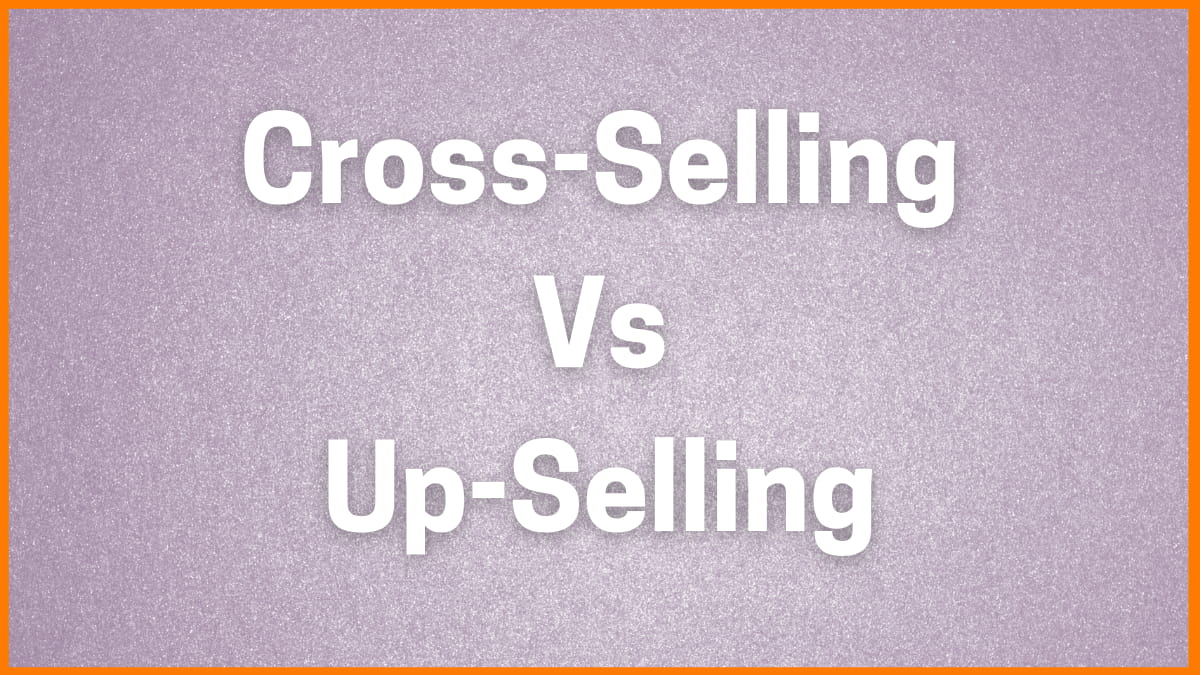How to Increase Traffic to Your E-commerce Website
For any e-commerce business, increasing website traffic is essential for success. Without customers, no sales can be made, and without sales, there’s no business.
To increase website traffic and attract more customers to your e-commerce website, there are several techniques you can employ.
This blog post will provide an overview of some of the most effective strategies, such as optimising your website’s design, leveraging social media platforms, using search engine optimization (SEO) techniques, running paid advertising campaigns, and analysing performance with analytics software.
With this comprehensive guide in hand, you will be well on your way to achieving greater visibility and successfully boosting your e-commerce business!
Optimising your website design:
Optimising the design of your e-commerce website is essential for increasing traffic and attracting more customers. Your website should be optimised for all devices, including mobile phones and tablets.
This will make sure that your customers can access your site from anywhere, anytime. Additionally, make sure the website has a simple layout with clear navigation and an easy-to-find search bar. This will make it easier for users to navigate through your website and find what they’re looking for quickly.
Including an image or video on the homepage also makes it more engaging and visually appealing. Furthermore, include calls-to-action on important pages to encourage users to act, such as purchasing a product or signing up for a newsletter.
Research found that 94% of negative feedback about websites was about design (https://userguiding.com/). Hence, incorporate best practices in web design, such as using white space, balancing colours, and using readable fonts, so that your website is both user-friendly and aesthetically pleasing.
Usually, busy business owners opt for no-code website builder platforms like Zupain to quickly create and manage their online presence without the need for extensive expertise.
By optimising the design of your e-commerce website, you can increase traffic and draw in more customers.
Leveraging social media platforms:

Social media can be a powerful tool for any e-commerce business looking to increase traffic and attract more customers.
To maximise the potential of social media, you need to understand the demographics and interests of your target audience and create content tailored to them.
Make sure you post on the platforms they use most, whether that’s Facebook, Twitter, Instagram, or another platform.
Once you have established an audience on social media, it’s important to build relationships with your followers by engaging with them, reposting their content, and commenting on other posts. This will help you build trust and loyalty with your followers, who are likely to become customers.
You should also consider promoting your e-commerce website by including links in your posts or running advertising campaigns specifically targeting potential customers on social media.
Make sure these links directly back to products or pages related to what the viewer is interested in so that they are more likely to make a purchase.
Finally, you should track analytics on each post and campaign so that you can see how successful they are in increasing traffic to your website and attracting new customers. This data can then be used to adjust strategies accordingly for maximum success.
Using search engine optimization techniques:
Search engine optimization (SEO) techniques are essential for increasing traffic to an e-commerce website. By researching popular keywords related to your product or service and creating content optimised for those keywords, you can increase your visibility in search engine results and attract more customers.
To begin implementing SEO techniques, start by researching the most popular keywords that customers use when searching for products or services like yours.
Use keyword research tools such as Google Keyword Planner or Ahrefs to find relevant terms and phrases that you can incorporate into your content. Once you’ve identified these keywords, create content on your website that is optimised for them.
This means including the terms in titles, headings, and throughout the text of articles and blog posts. You should also include meta tags and meta descriptions in the source code of each page on your site, which will help search engines index your content more accurately.
In addition to optimising individual pages with relevant keywords, it’s important to link to other websites with similar content. This could be links from industry publications or even guest posts on other blogs that refer back to your website.
Doing this helps search engines understand the context of your website better and provides another avenue for users to find your site through external links.
Finally, organise all of this content into categories and subcategories so that users can easily navigate around your site without getting lost or overwhelmed by too much information at once.
By following these steps, e-commerce businesses can gain more visibility in search engine results and attract more customers who are looking for what they have to offer.
Running paid advertising campaigns:

Running paid advertising campaigns is an effective way to increase the visibility of your e-commerce website and attract more customers. With the right strategy, you can target potential customers who are interested in what you have to offer.
To make the most of your campaigns, it is important to understand the basics of paid advertising. This includes researching keywords that are relevant to your products or services and setting up bidding strategies for those terms.
Additionally, you should be aware of the various platforms available for running ads, such as Google Ads, Facebook Ads, and Bing Ads.
When executing a paid advertising campaign, it’s important to create a budget and stick to it. During the campaign, check your results closely and adjust as needed to maximise ROI and ensure that you are getting value for money.
Also, consider testing different ad formats, calls-to-action, images, and copy so that you can find out what works best with your target audience.
Finally, use analytics tools such as Google Analytics or Adobe Analytics to measure the performance of your campaigns over time.
Analysing data on clicks per impression (CPM), cost per click (CPC), and customer acquisition costs will help you identify which campaigns are successful and which need more optimization.
By analysing performance data regularly, you can make sure that you get maximum ROI from each campaign while also improving the visibility of your e-commerce business.
Analysing performance with analytics software:
For any e-commerce business that is looking to capitalise on its potential, investing in analytics software is key.
An analytics tool can provide valuable insights into how customers interact with webpages, which pages are most visited, and what content is resulting in conversions.
Selecting the right software is important as different platforms offer various features and functions; Google Analytics, Adobe Analytics, and Mixpanel are all popular choices.
Once the tracking code has been set up, businesses will be able to track metrics such as user engagement, page views, and time spent on site, giving them an understanding of how their website is performing.
Additionally, custom reports or dashboards can be created to check for changes over time for specific goals or metrics.
Analytics software enables e-commerce companies to gain a deeper understanding of their users’ behaviour, which can then be used to improve the customer experience and optimise website performance.
With the right analytics platform in place, businesses can make informed decisions about their operations moving forward.








